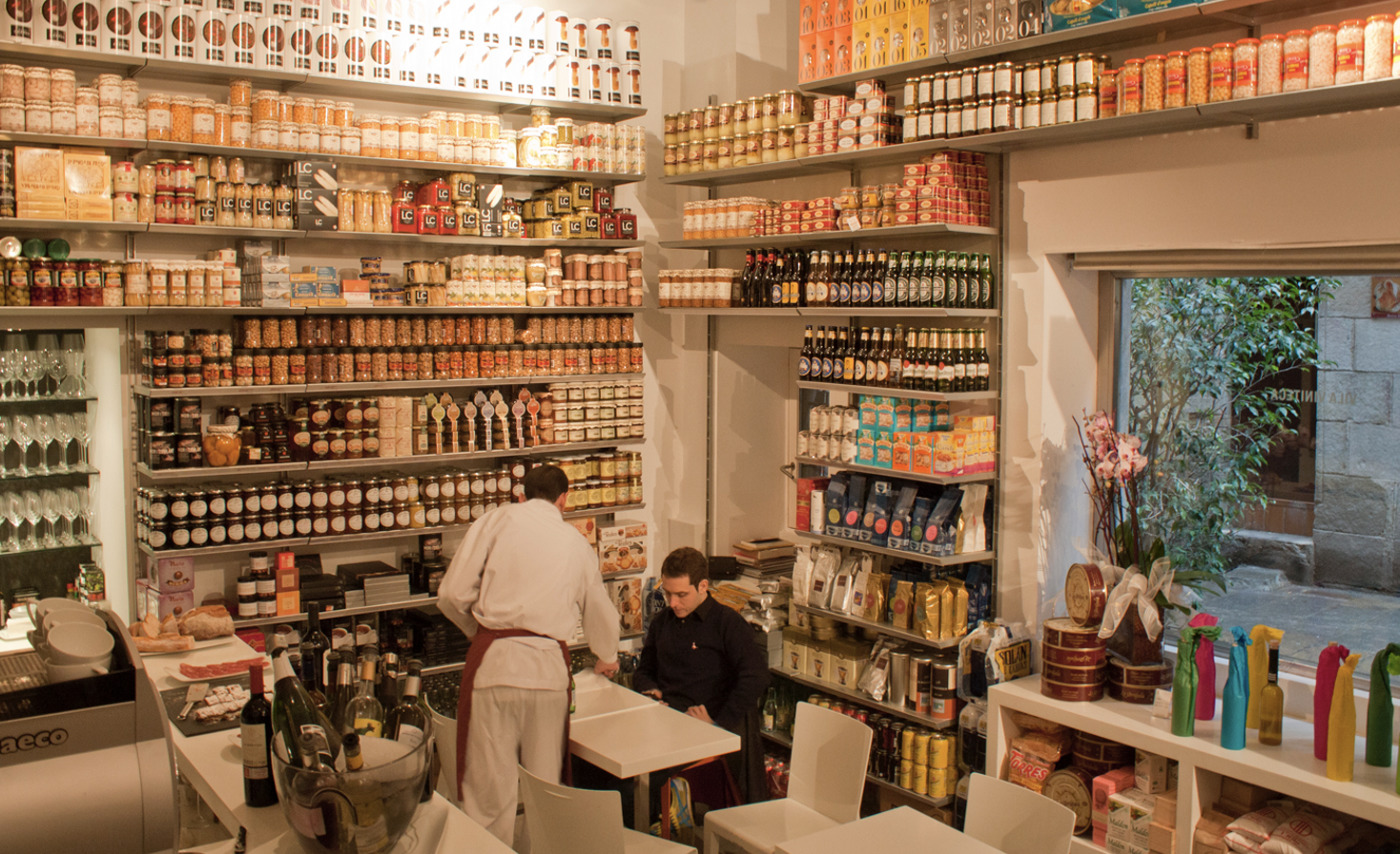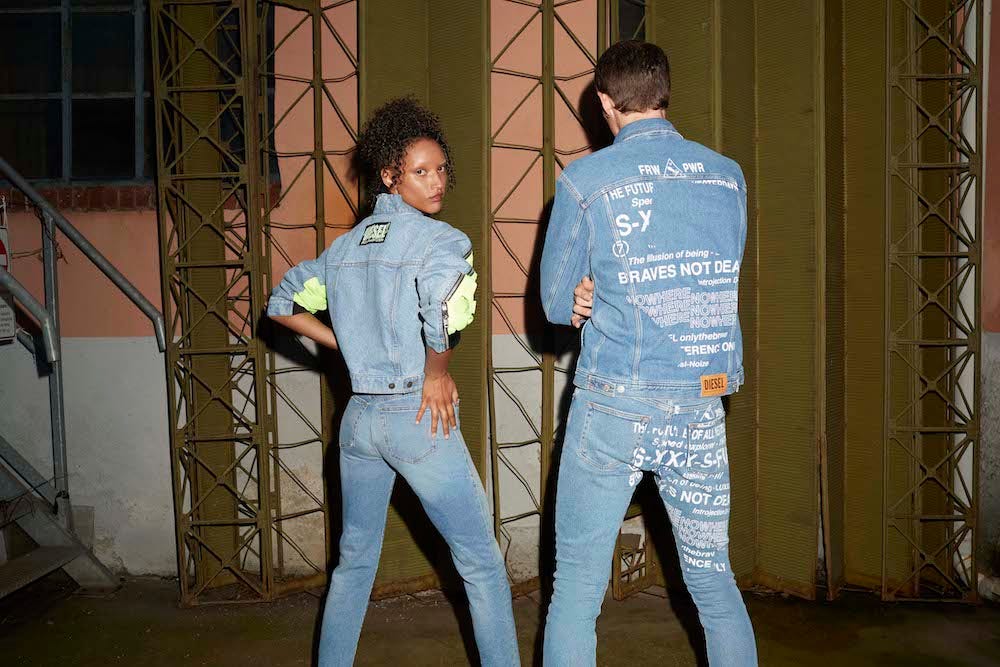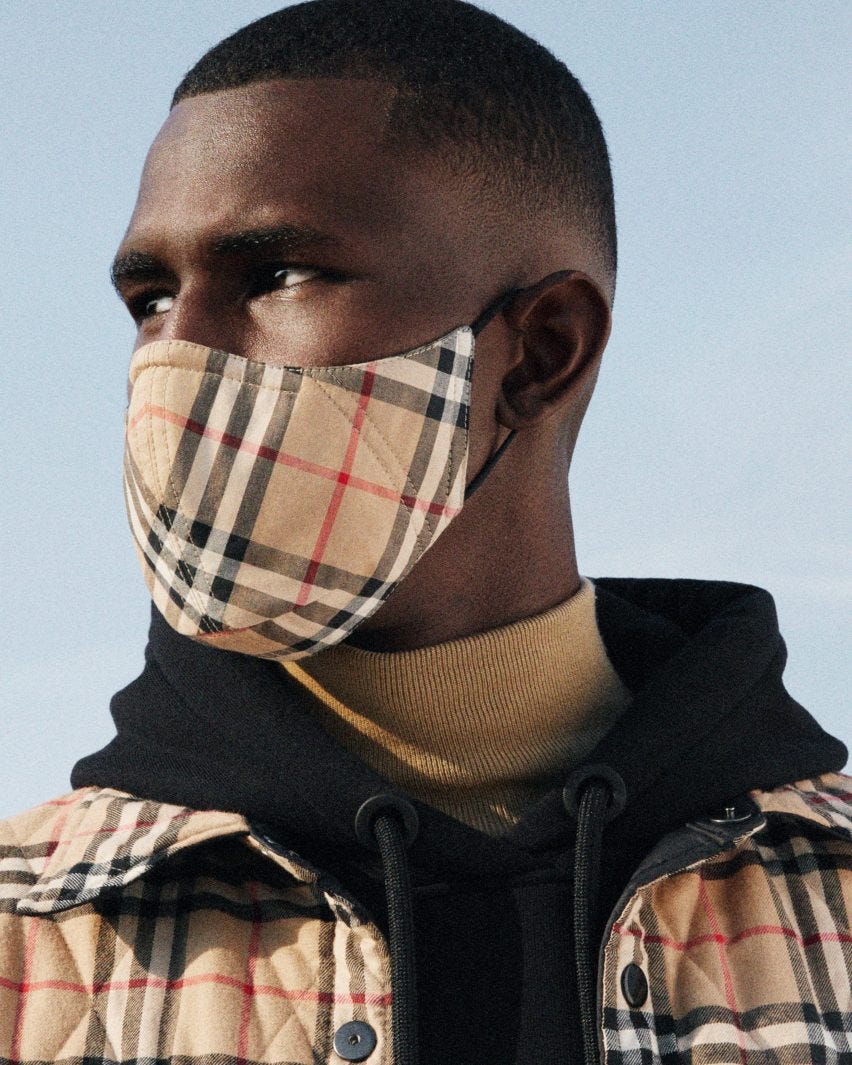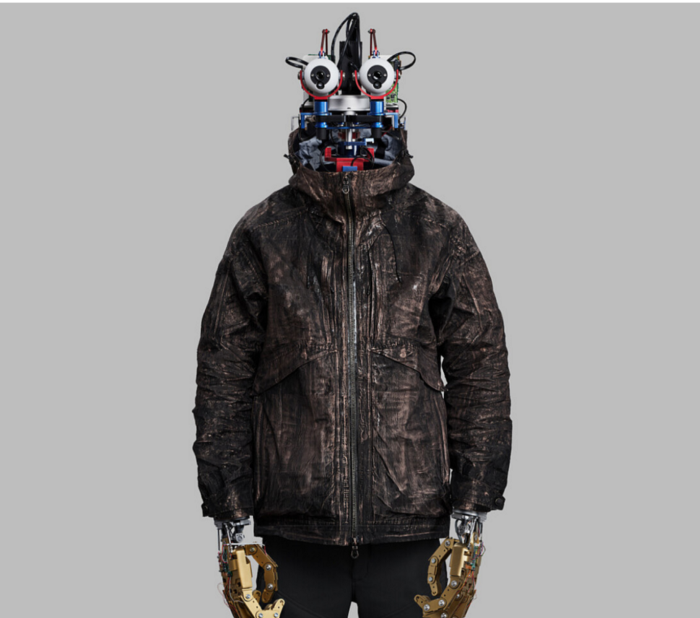
WHEN REFLECTING BACK ON THE ROARING TWENTIES THE 2020’S SHOULD BE AN EQUALLY INTERESTING DECADE WITH GREAT PROMISE AND TERRIFYING RISK
December 17, 2020
VILA VINATECA, AND ENLIGHTENED HOSPITALITY
December 23, 2020Let’s take a look in your bag: phone, wallet, keys. A mouth mask or two. One travel-size hand sanitizer and a moisturizer to fix the chapped hands from using said hand sanitizer. You’re all set to go on your daily walk! Before you head out, let’s review that outfit: a comfortable pair of yoga pants, sneakers. Finished the look with a full metal jacket and some ‘snapback gloves’. You know, to protect the rest of your body from the virus. Designers have been taking on the challenge of creating antimicrobial and disease-resistant clothing. Just a hype, or here to stay after the arrival of the vaccine? Let’s find out.
The Sterile Society
The hype of antibacterial goods is nothing new. Research firm Business Wire coined The Sterile Society back in 2009, explaining how society is adding more value to hygiene and clean spaces, and becoming more obsessed about immunity. Fast forward to 2018, the consciousness about health has grown, along with the need to be more proactive about improving one’s health. Combined with ongoing innovation, a pandemic and heaps of information at our disposal, society’s interest in health and antibacterial products has never been this high. For almost a decade, brands have experimented with antimicrobial textiles. One of those companies is Safermade. Back in 2013, they produced activewear, coated with a technology to kill bacteria and prevent odor.
At this point in the article, it might be good to mention the following: while COVID-19 is a true party killer, not all bacteria are villains. Many protect us from a virus and contribute to a properly functioning body. This was the main reason a lot of brands pulled the plug on this technology, as the results just weren’t worth the risks. And then came lockdown no1, and labs started improving their technologies so they wouldn’t alter the skin’s microflora. And brands saw a business opportunity.
Full metal jacket, Viral-Off denim and Burberry mouth masks
In these trying times, apparel brands are forced to stay relevant. In collaboration with Polygiene, Diesel developed a Viral-Off technology. As a company specialized in denim, applying the treatment to a pair of jeans was a perfect fit. The pant coating of the jeans is ‘always-on’, tested up to 20 washes. It doesn’t kill the virus though, it is ‘virus-fighting’ rupturing the bacteria on the fabric in a way it is unable to hijack another host.
The jeans are still to be released by Diesel next Spring.

At Polygiene, 2020 has been their year to focus on antibacterial fabric next to their already existing eyelid hygiene products. In the past, they worked on an ‘always fresh’ technology for Adidas’ compression tights, and antimicrobial women’s suits.
Still on the hunt for a cute face mask and have a couple of hundred euros to spare? Burberry has released one in their signature plaid pattern, treated with a (yet to be disclosed) antimicrobial technology, claiming to be more effective than a regular mask.

Tired of the polluting fashion industry and simultaneously preparing yourself for another year of COVID-19 or any disaster for that matter? UK based company Vollebak produces men’s garments to protect you from just about anything: the 100 Year Pants with granite withstands fire (and the rest of this century). In terms of the pandemic, Vollebak made use of a natural and ancient disease killing material: copper. Their full metal jacket contains over 11 kilometres of copper wire, and still suitable for everyday use.
Worth the try?
It has become a buzzword: the 99% effective-claim. But actually, the standards of putting a sticker with that credo on your products are fairly low — as long as you won’t make it a hundred. To this date, no company has had the boldness and token of a full 100% effectiveness. No hand sanitizer, no toothbrush sterilizer, no vaccine. That doesn’t mean that vaccines won’t help us get rid of COVID-19: it’ll still save many lives. There’s just no science to back such a claim.
But whether or not these garments are effective, might not be the most important question to ask. And if you do, experts vary in their answers. Some say it is a waste of means and money, others say designers are missing the point, that a virus is more likely to spread to nose and mouth, and rarely through textile.
All dressed up and nowhere to go. Maybe you didn’t dress up at all working from home, or just the upper half for a Zoom call. The garment industry has been suffering all year. Apart from the multinationals that contributed to a humanitarian crisis in countries such as Bangladesh, refusing to protect supply chain workers, they also had substantially fewer people to sell these garments to. “That new pair of boots? I prefer a no-shoes household anyway”. “I don’t need a holiday wardrobe this time, better spend that money on a home make-over”. The editors at Vox were wondering if the revival of antimicrobial clothing could merely just be clever marketing, an innovation born out of desperation?
Effective or not…
…Perhaps it is just the feeling that matters, feeling safe and protected from other people and spaces. And with just about anything one is able to buy, these products are there to make our lives more comfortable, and to live them a bit more sanely. Perhaps antimicrobial garments are here to stay for a new disease. Perhaps they will be out of fashion as soon as the long-awaited vaccine makes its foray, and we can all go shopping for ordinary clothes again.
Are we dressed for the future?
Antimicrobial fashion: might be a myth, might not. Though, it is interesting to discuss how we will dress for special occasions and everyday life in the future. Is our wardrobe prepared for a hotter planet, rising sea levels and perhaps more diseases to come? And if they are yet to be designed, will they come straight out of a science-fiction movie, or will Burberry and Diesel figure something out for us?
Let’s do a little speculative future: what will we be wearing in the future, and why? The best answer will receive an invisible and ~possibly~ antimicrobial clothing piece of your choice!




